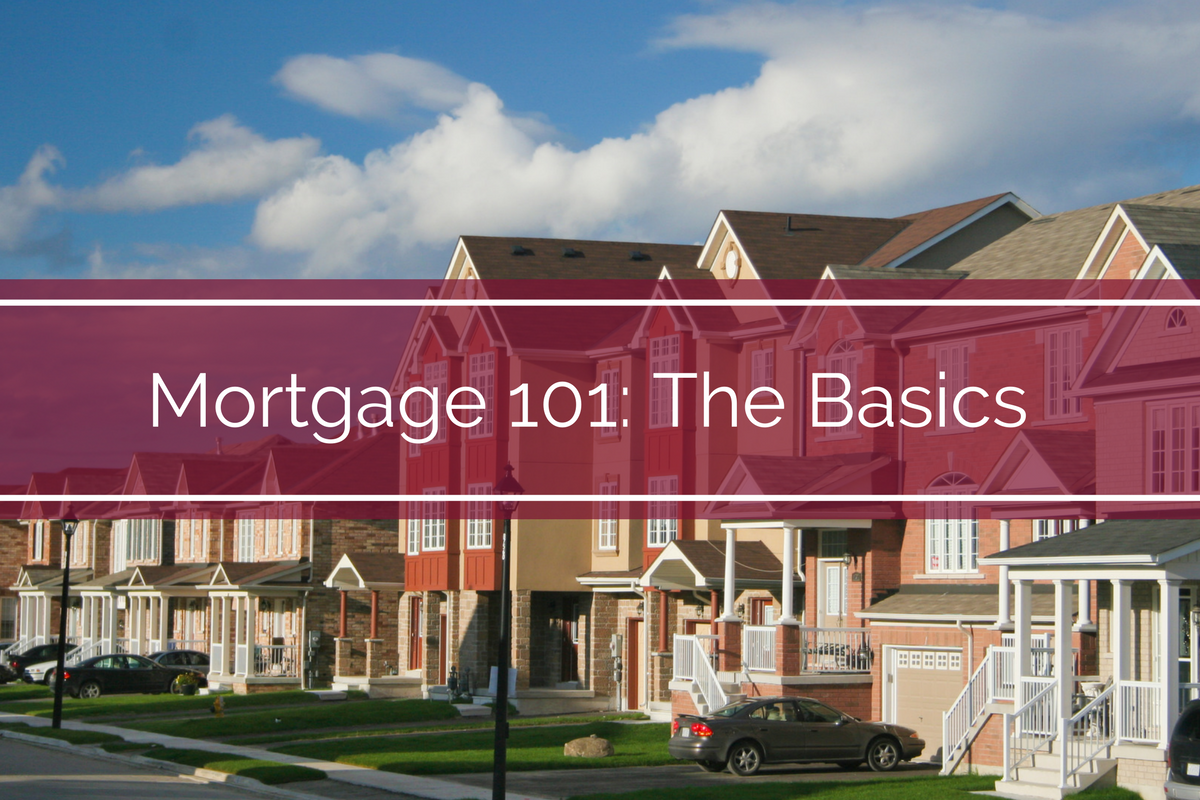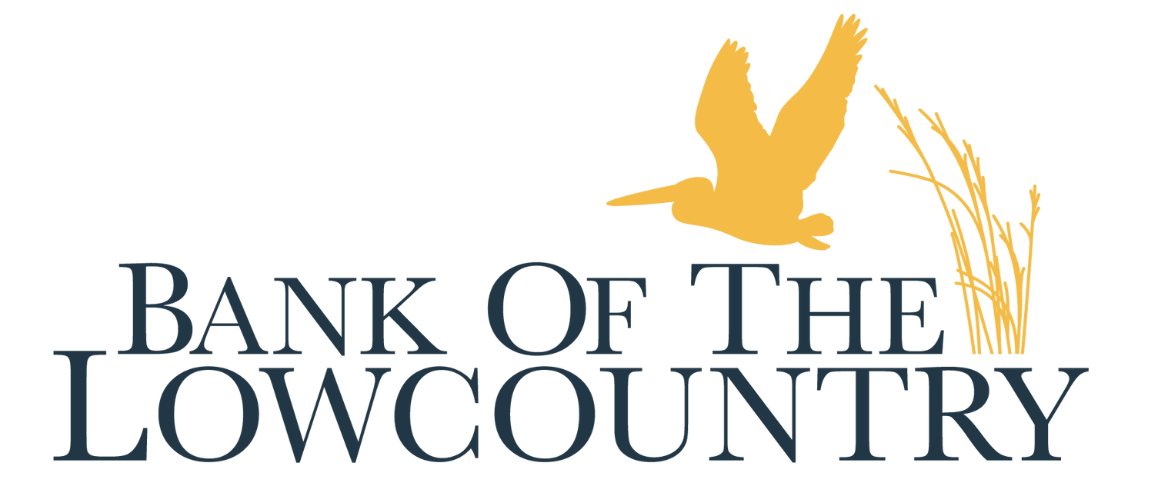
09 Jan Mortgage 101: The Basics
Mortgage. It’s a word you probably hear pretty often, but many, especially young people, aren’t quite sure what the word even means. Purchasing a home is a goal for many people, and before taking this step, it’s important to understand the financial responsibilities that come with owning a home. Unfortunately, it’s not as simple as signing a rental agreement and paying your rent every month. But applying and paying for a mortgage does not have to be a major headache. It all starts with understanding the basics, so here’s what you need to know about mortgages.
To put it simply, a mortgage is a loan. When you decide to purchase a house, a mortgage allows you to borrow the money that you cannot pay out of pocket from a bank or private mortgage lender. With the mortgage lender, you come up with a plan to pay back the mortgage, plus interest, over a set period of time, which can reach between ten and thirty years.
While mortgages are great, there are risks that come along with it. When you agree to a mortgage, you put your house up as collateral, meaning that if you do not keep up with your payments, the bank can foreclose on your home. That’s why it is extremely important to research and find the right mortgage plan for you.
So where should you start? When you are ready to apply for a mortgage, you must first find the right lender. Do a bit of research, ask friends who have purchased homes, and settle on a lender with a reputation for being trustworthy and reliable. But even the most reliable lender will not lend to just anyone. In order to qualify for a home mortgage loan, you need to have a healthy financial history. Lenders pay special attention to your credit score, as it shows that you have not acquired debt by failing to pay bills or make payments on other kinds of loans. The lower your score, the higher the interest rate on your mortgage will be.
When it comes to the structure of a mortgage and its payments, you will typically pay the principal, interest, taxes, and insurance. The principal payment is the amount the bank or private lender has agreed to loan you. You also agree to pay an interest rate when you acquire a mortgage, a percentage that is dependent on your personal financial situation. Depending on your risk as a borrower, you may be able to pay your taxes and insurance separately from your mortgage payment. Your lender can let you know if doing so is a viable option in your particular situation.
Different mortgage plans allow you to set up your mortgage payment in the way that works best for you. Some of the most common plans include a 30-year fixed, a 15-year fixed, or an adjustable rate mortgage. The most popular mortgage payment plan is the 30-year fixed, allowing you to pay back a fixed interest rate for thirty years. The plan is particularly appealing because you pay the same amount every month for your payment. A 30-year fixed mortgage works best for homeowner who buy a home when interest rates are low and plan to stay in the same house for a significant period of time.
A 15-year fixed plan appeals to homeowners who want to pay off their mortgages quickly for a lower interest rate. With an adjustable rate mortgage, the interest rate is adjusted over predetermined intervals. You may pay a fixed rate for the first three to seven years, after which the rate will be adjusted every year. Because of the adjustable rate, an ARM may end up costing you more than a 30-year fixed, so this plan works well for homeowners planning to stay in their home for the duration of their fixed rate term.
While there is a lot that goes into a mortgage, the right bank or lender can help you to understand the intricacies of a mortgage and find the best plan for you. Even if buying a home isn’t in the near future for you, begin building a healthy financial profile so that you will be in the best place possible when it does come time to become a homeowner.
If you have any questions or would like to apply for a mortgage, contact the Bank of the Lowcountry today.





No Comments